Material Characteristics
It's down to the wire!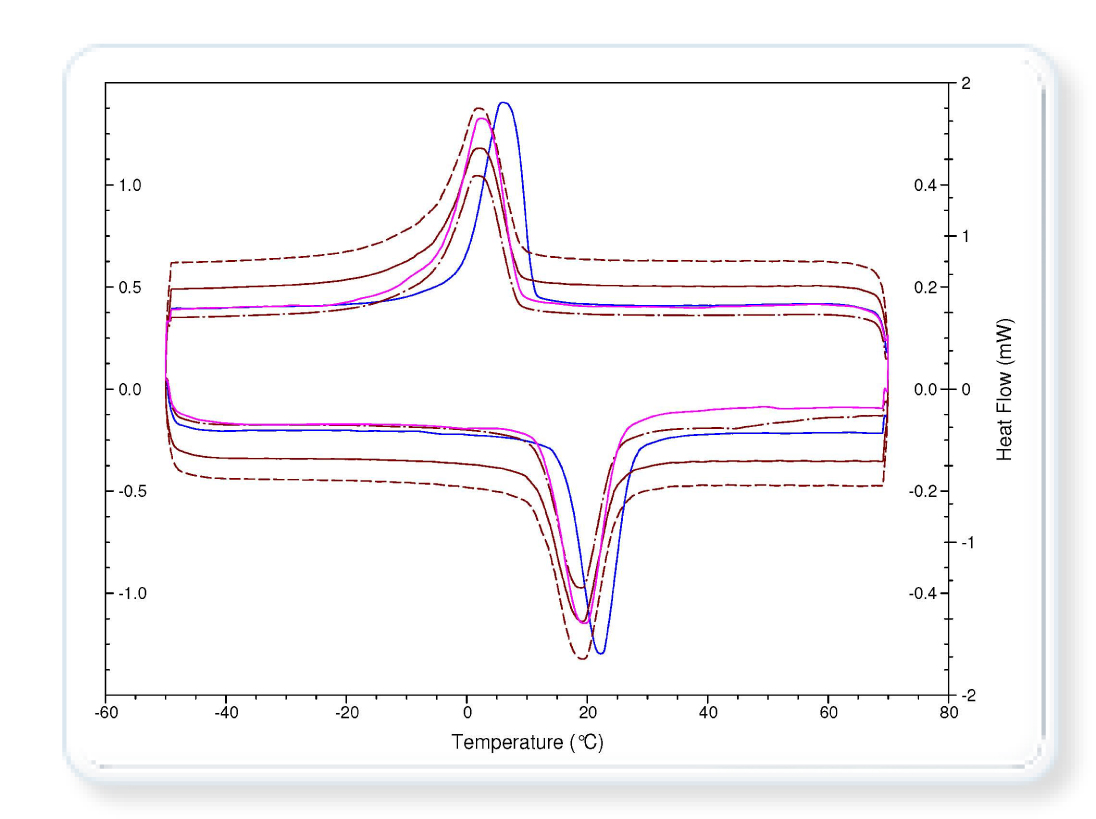
Use our wire's unique properties to your advantage. When designing for your project, Ultimate R&D engineers take into account considerations such as desired forces, material, and transformation temperature. Let Ultimate R&D help you to bring your concept to reality.
- Forces are key!
- Material comparison: Ultimate's Nickel Titanium, stainless steel, and
 wires.
wires. - Typical NiTi force ranges vs. 'I' (2nd Moment of Inertia).
- NiTi transformation temperature ranges.
Ultimate R&D can support your wire and spring projects in Nickel Titanium, Beta III Titanium, and stainless steel wire. See how these compare.
Forces are key!
Bend Force Determination
Within a temperature controlled environment, three-point bend tests are performed to determine loading and unloading forces of wire at prescribed intervals. The resulting graph reflects these forces for the particular wire.
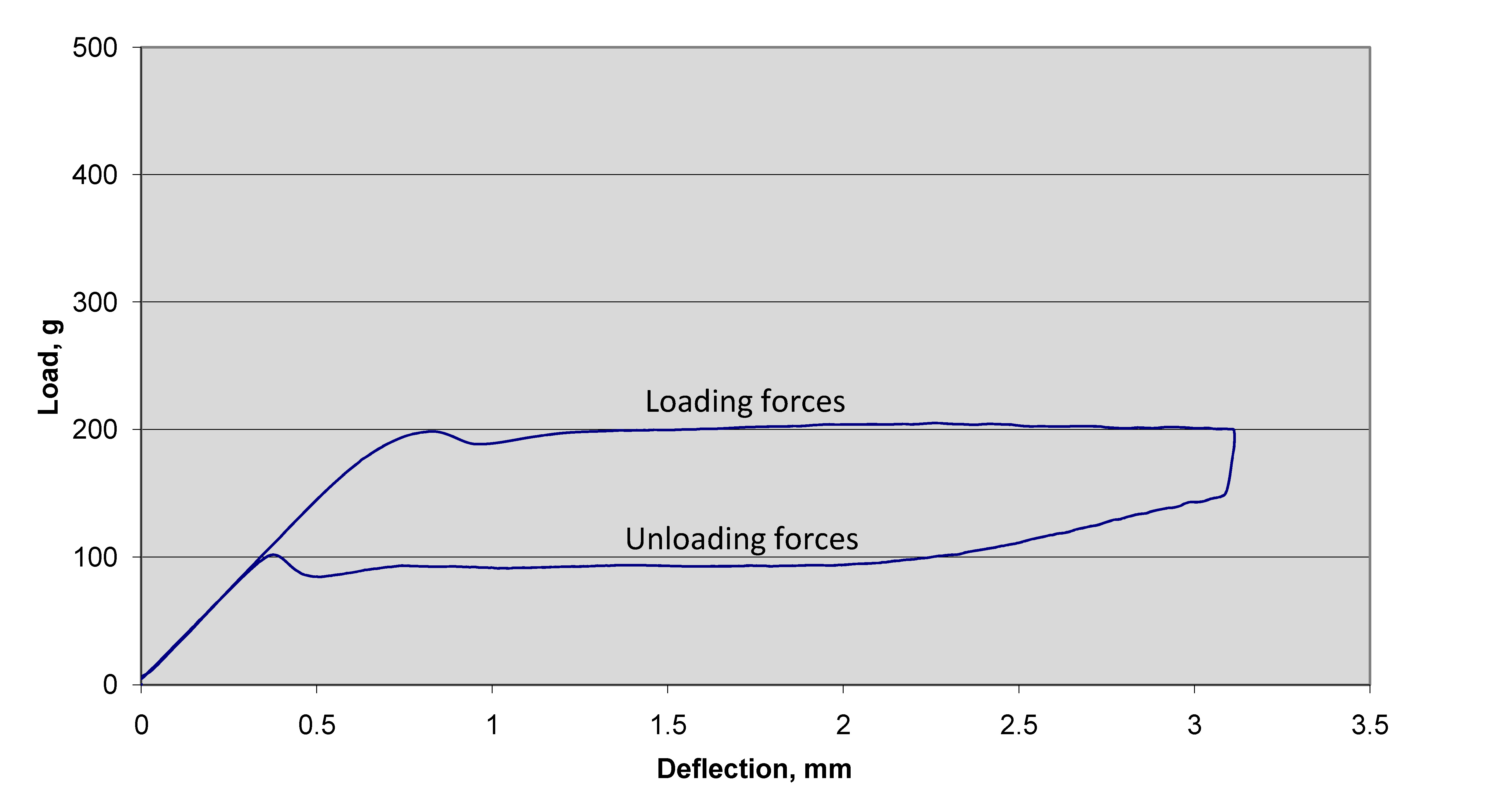
Representative 3-Point Bend Test graph of loading and unloading forces for a
Nickel Titanium wire. The upper line being the loading forces and the lower line
representing the unloading forces. The near horizontal unloading force line is
indicative of the low, consistent forces produced by NiTi wires during use.
Material Comparison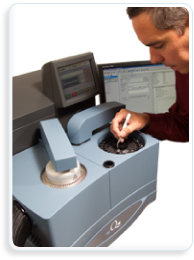
Ultimate R&D engineers focus on the development of products made from Nickel Titanium, as well as our proprietary ![]() wire. We are also well versed in the manufacturing of stainless steel products. Here are the basic characteristics of these materials for your comparison.
wire. We are also well versed in the manufacturing of stainless steel products. Here are the basic characteristics of these materials for your comparison.
Nickel Titanium Wire
NiTi is composed of approximately 55% Ni and 45 % Ti.
|
|
|
|
|
We can help you to utilize Nickel Titanium wire's unique properties to your advantage. |
![]() Wire
Wire
Our custom, nickel-free Beta III Titanium wire, ![]() wire is composed of 79% Ti, 11% Mo, 6% Zr, and 4% Sn.
wire is composed of 79% Ti, 11% Mo, 6% Zr, and 4% Sn.
|
|
|
|
|
|
|
|
|
|
Stainless Steel Wire
Medical grade 300 Series Stainless Steel wire.
|
|
|
|
|
|
|
|
The following graph provides a quick reference of relative forces and permanent
deformation in 3-point bending for these three wire types.
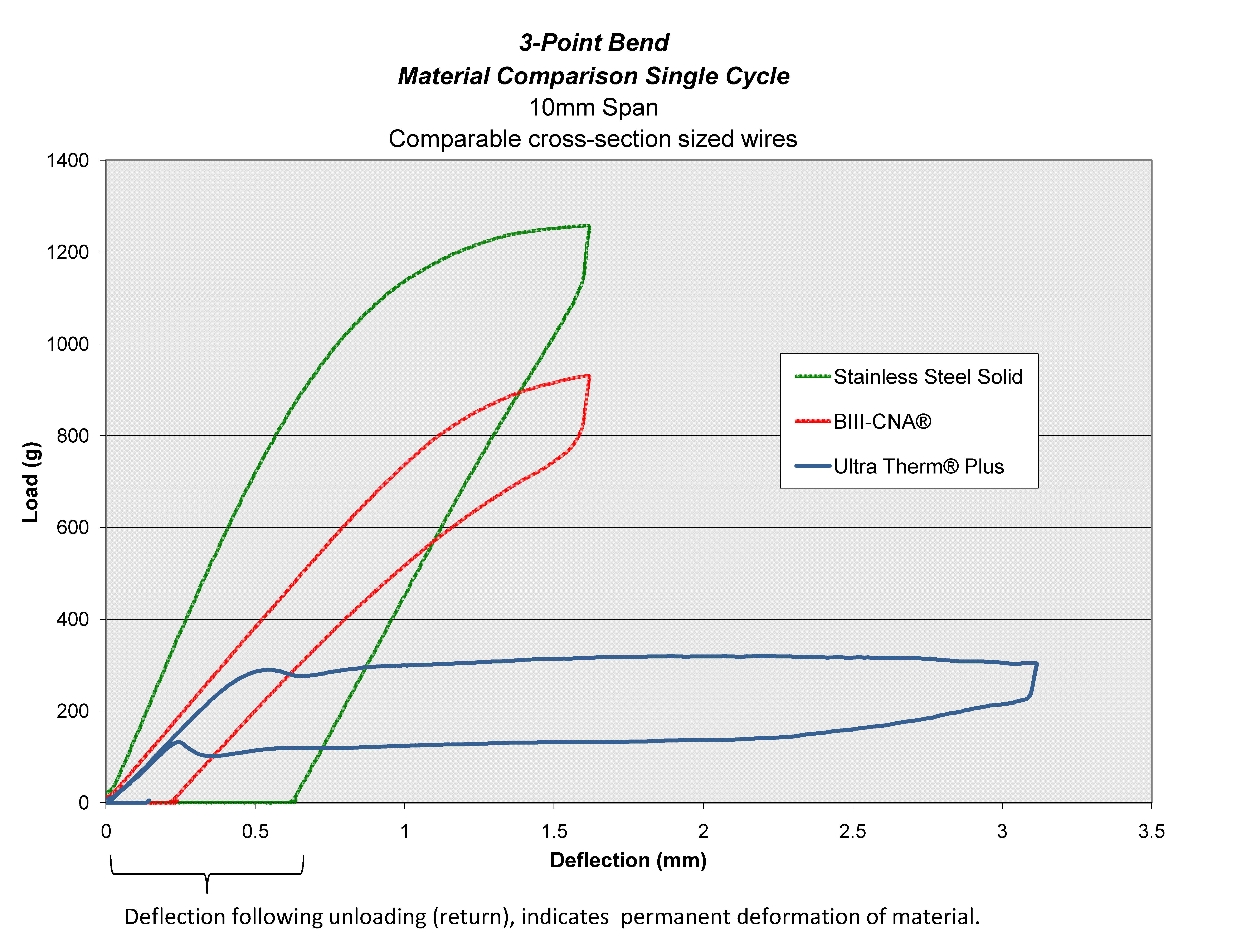
Ultimate R&D can help you to select the right material for your project.
Force and Transformation Temperature Ranges
Typical 3-Point Bend force ranges vs. 'I' (2nd Moment of Inertia) of our NiTi wires.
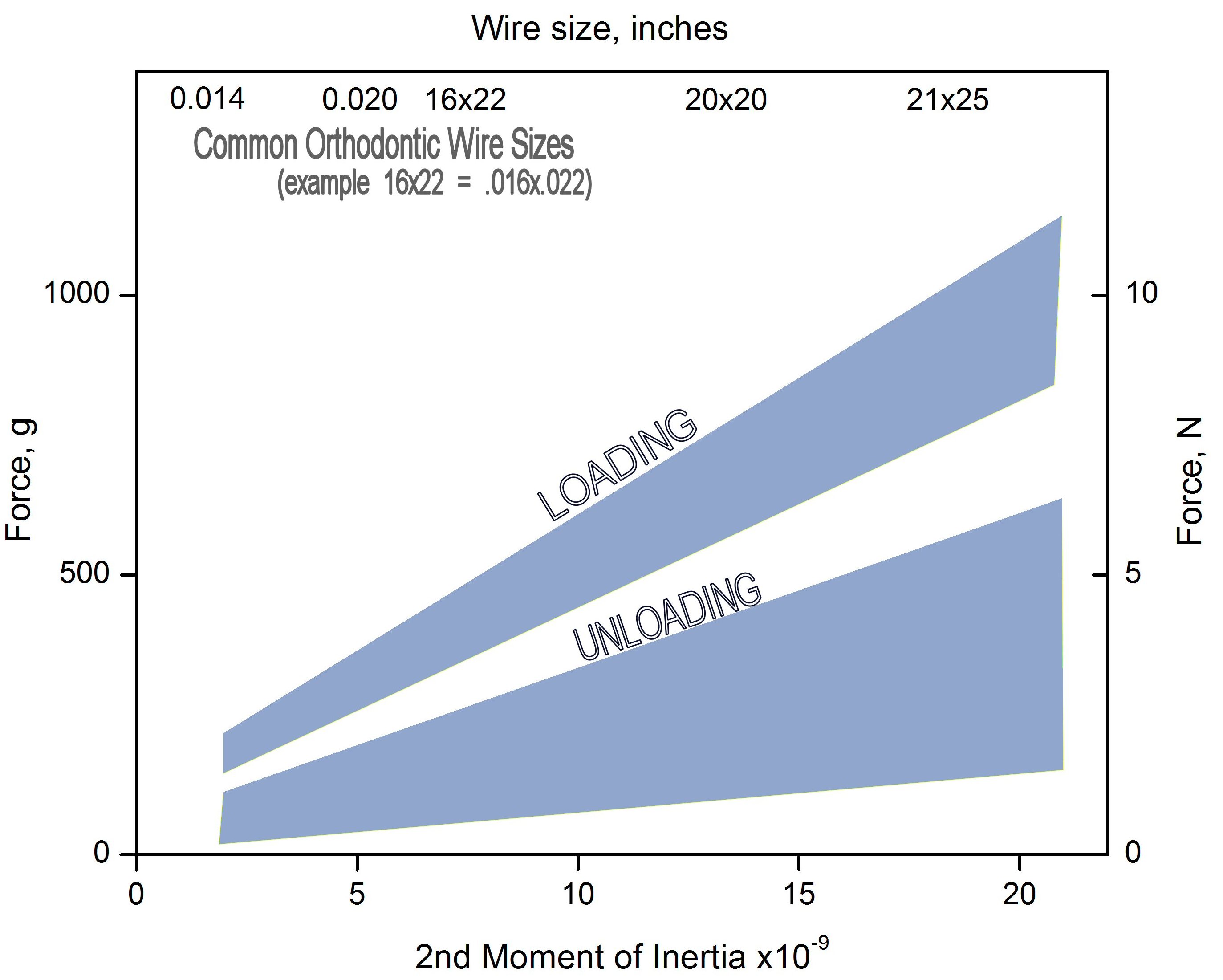
Ultimate R&D's tightly controlled manufacturing processes allow for a range of
available forces with Nickel Titanium wire. The forces shown above are
representative of those common to products developed by Ultimate R&D's engineers.
Our typical wire sizes range from .006 to .070 in. diameter,
along with a variety of square/rectangular shapes.
Other forces can be obtained with other wire sizes and processes.
NiTi transformation temperature ranges.
Ultimate R&D typically works with wire with transformation temperatures (functional Af) in the range from -18°C (0°F) to 121°C (250°F). Call us to discuss your needs, as custom transformation temperatures can be obtained.
Rely on Ultimate R&D's engineering team to determine
the right material for your project.
![]() |
| ![]() |
| ![]() Share
Share

